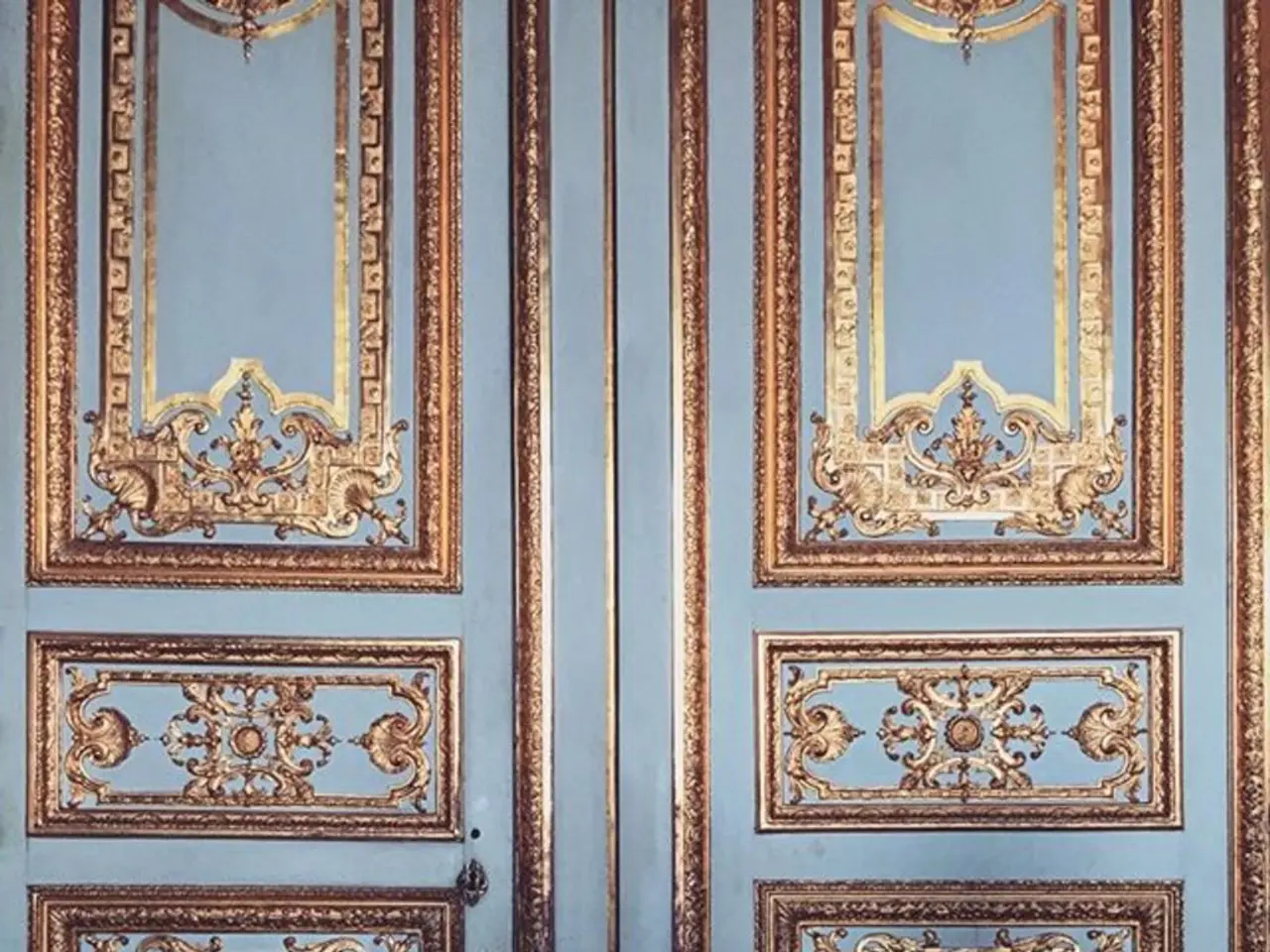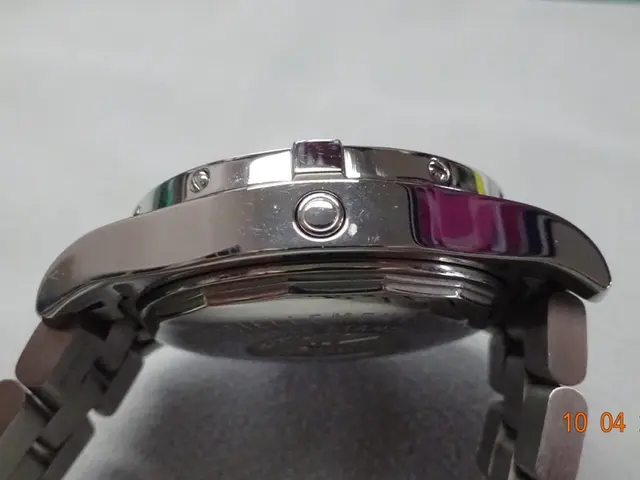Embrace Curved and Arch-Shaped Features in Furniture and Building Design: My Method
In the ever-evolving world of interior design, the embrace of curved aesthetics continues to shape how we inhabit modern environments. This trend, which has been refined and refined by designers over the years, offers numerous benefits that promote safety, comfort, and connection.
From a psychological perspective, our brains instinctively perceive sharp edges as threats, while curves signal calm and reassurance. This psychological response makes smooth, rounded shapes naturally build trust, reduce tension, and create welcoming environments.
Practically speaking, curved furniture and architectural elements guide movement through spaces more smoothly, making areas feel more inviting and serene. A prime example is a curved kitchen island, which not only serves as a beautiful focal point but also optimises space by eliminating protruding sharp corners, thus enhancing flow and usability in smaller or awkward layouts.
Rounded shapes also contribute to comfort by softening the visual and physical environment. Large, rounded furniture pieces help overcome awkward room layouts by replacing harsh angles with gentle curves, which encourages social interaction and a more relaxed atmosphere.
In addition, curved shapes can create breathing room in compact spaces, as demonstrated by Sebastian Herkner's Gilbert bed and Yabu Pushelberg's Oiseau series. These designs seamlessly blend geometry and warmth, creating a sense of spaciousness even in smaller areas.
Historical designs, such as those by Antoni Gaudi and Eero Saarinen, demonstrate the success of curved forms in architecture and furniture. Designers like these pioneered the use of curved shapes, treating every arch as a revolution in their designs.
Today's innovators approach fluid shapes with restraint, creating discovery moments rather than obvious statements. Sjoerd Vroonland's Clamp series, for example, highlights the beauty of construction through visible metal staples securing curved wood and marble elements.
Curved shelves can redirect focus and create cohesive zones in a room, while coved edges where walls meet ceilings soften harsh angles and create cloud-like transitions that diffuse light beautifully. Balanced curvature creates focal points without overwhelming modern aesthetics, while barrel-vaulted ceilings can create a spacious feel in living rooms.
Curved layouts guide movement through rooms like invisible conductors, transforming awkward entryways into welcoming preludes to the home. A crescent-shaped sofa can eliminate awkward corners and encourage face-to-face conversations, while half-moon transoms above doorways can frame ocean views like living paintings, transforming ordinary openings into curated moments celebrating the landscape.
In summary, the use of rounded shapes in interior design offers numerous benefits. They make spaces feel safer and more calming by reducing perceived visual threats, enhance flow and ergonomic comfort, help create inviting environments that support social connection, and work well in optimising space in tricky layouts. These features collectively explain why rounded shapes are favored for contributing to both comfort and a sense of connection in interior spaces.
- The curved design trend in interior design, renowned for its calming and reassuring aesthetic, continues to reshape modern environments.
- Curved furniture and architectural elements in a home can lead movement through spaces more smoothly, promoting a welcoming and serene atmosphere.
- Rounded designs, such as the Gilbert bed and Oiseau series, demonstrate an ability to create breathing room and seamlessly blend geometry with warmth in compact spaces.
- Designers like Antoni Gaudi and Eero Saarinen have showcased the successful application of curved forms in architecture and furniture, treating every curve as a revolution in design.
- Modern innovators employ curved shapes with a sense of restraint, creating discovery moments rather than obvious statements, as shown in Sjoerd Vroonland's Clamp series.
- Curved interior design elements, such as curved shelves, coved edges, and barrel-vaulted ceilings, add to the comfort and sense of connection in a space while also optimizing it for flow and ergonomic comfort.




